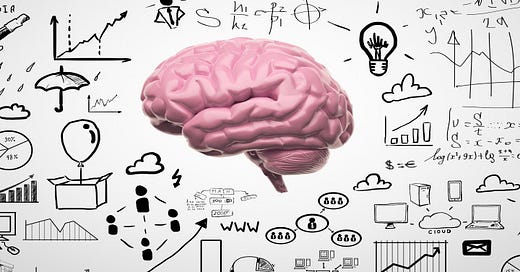Welcome to the 2nd podcast edition of Educating AI. My name is Nick Potkalitsky and today we will continue our exploration of AI-responsive instructional approaches and methodologies
On today’s podcast, I am excited to be in discussion with Bryan Lakatos, an educator, technologist, and designer, who worked for many years at The Miami Valley School in Dayton. In his tenure at MVS, Bryan was a well-loved instructor, designed innovative curriculum, and created human-centered technology systems as Director of Technology and Innovation. In his current role at Quanexus, he is a Data and Network Security Engineer.
In our conversation today, we explore many topics including the way we learn, the way technology can be used to augment our learning processes, the challenges of getting LLMs to cooperate with our learning goals and objectives, and the question of biases and selectivity of data that manifest in the operation of seemingly ever new learning technologies.
Thanks for listening to this podcast edition of Educating AI. I encourage you to leave comments and questions for Bryan or me on Substack. If you find this podcast valuable, please subscribe or share a link with a friend, colleague, or loved one.
Table of Contents:
2:00—Individual pathways for learning
6:00—Streamlining individual pathways through technology
7:00—Learning as discovering “how things work”
9:00—Studying multiple systems simultaneously as an opening for design thinking
12:45—Grounding design thinking in human aspiration, growth, and development
14:00—Object-oriented philosophy, tool-being, artificial intelligence
15:30—Different definitions of “making” and their influence on curriculum
18:30—Confronting biases in technology and curriculum
20:00—Equity at the level of accessibility
23:00—Transitioning to personal computers: “not the newest and shiniest”
25:00—Explaining the basic functionality of large language models
27:00—Text prediction model; meta-layer that learns from human feedback
28:00—Hallucinations: Legal cases involving ChatGPT
31:00—Sublimation of source material as a constituent feature of LLM functionality
33:00—Hallucinations: The 3 best restaurants in Dayton
35:00—LLMs and teacher workloads
36:00—The role of teacher’s evaluation and assessment of textual production of LLMs
38:00—Learning content vs. learning purpose: LLMs opening pathways toward purpose
40:00—Analogy to world language instruction: learning a new word
43:00—Recommendations for teachers developing AI-usage policies
47:00—Creating un-assisted spaces for developing and maturation of writing skills
49:00—Prohibition as a disservice to students; consider the definition of school that informs your practice
50:30—Outro
Thanks for reading Educating AI and listening to this podcast.
Check out a few more links of resources that I have found useful over the past several weeks:
See you next week, Nick!
Educating AI







Share this post